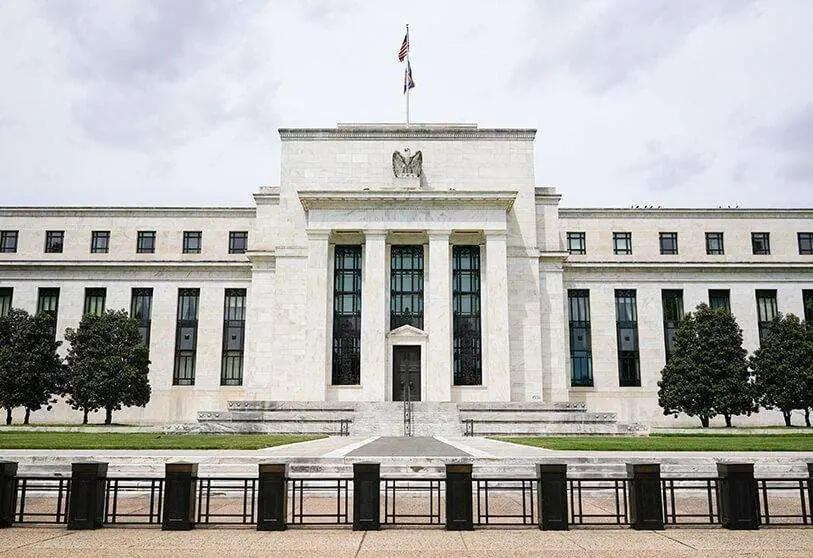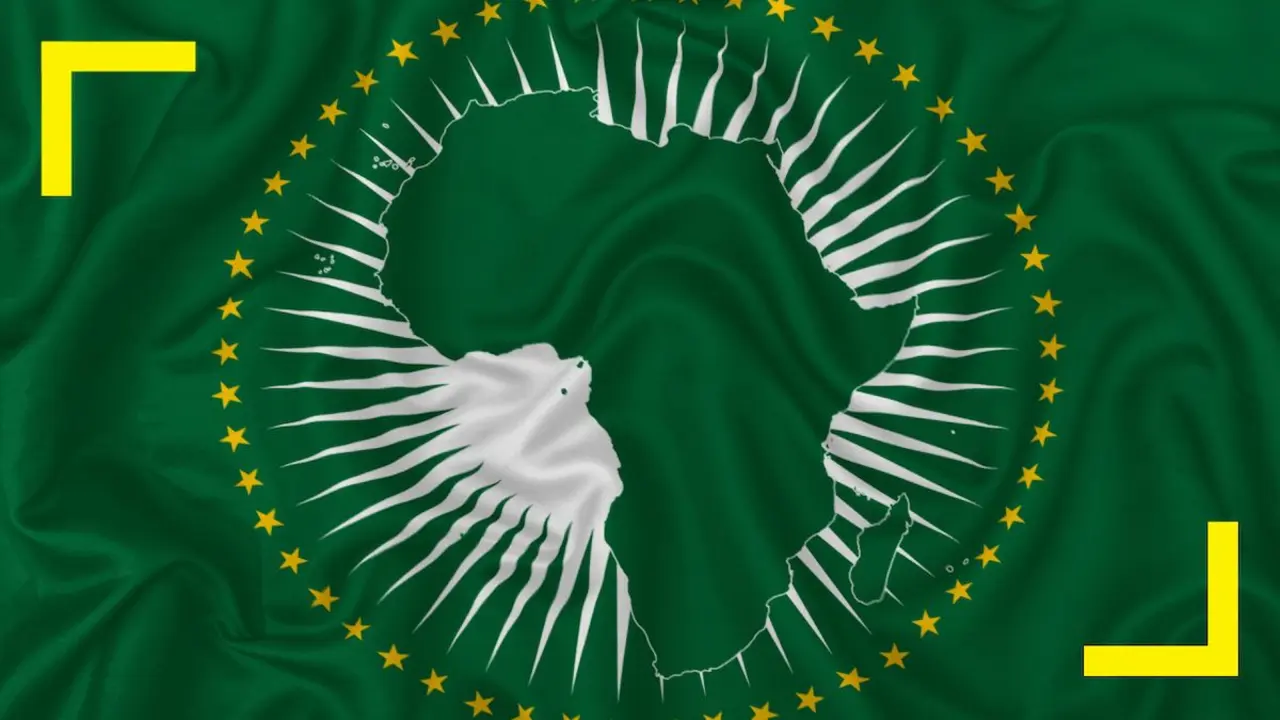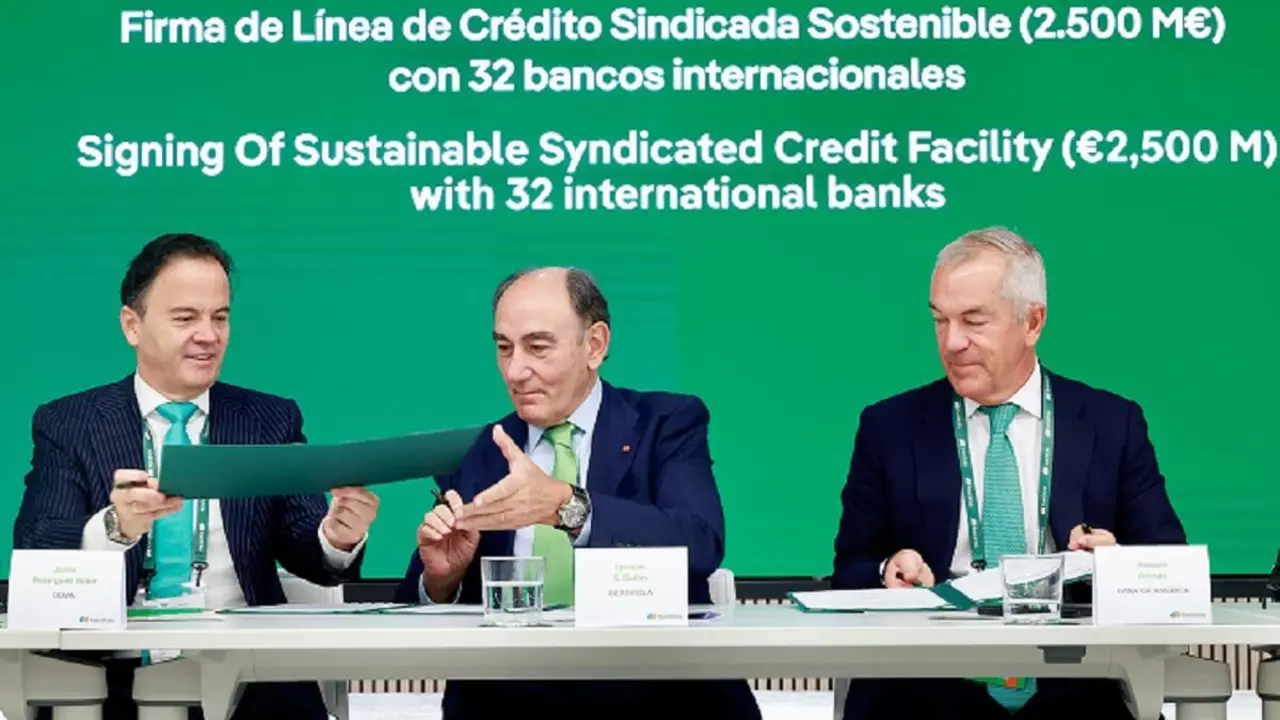Fed to moderate rate hikes to 50 basis points as inflation improves

Ebury believes that the lull in rate hikes by the Federal Reserve is coming to an end. "The Federal Reserve is in the midst of the most aggressive interest rate hike cycle since Jimmy Carter's presidency in the early 1980s, although it is expected to lift its foot off the accelerator slightly" at the meeting on Wednesday 14 December, the last of 2022.
"Since last March, the FOMC has raised interest rates more than almost all other G10 central banks to try to tackle US inflation and cool a tight labour market. In November, the bank carried out the fourth consecutive 75 basis point hike (extending the current hiking cycle to 375 basis points), while warning that the federal funds rate may have to 'go higher and stay higher'," argues FX Fintech.
"This hawkish tone sent two clear messages to markets: first, that more rate hikes than the Fed had initially indicated would likely be necessary and, second, that the possibility of rate cuts in 2023 is more remote than markets had believed," it adds.
However, signs of easing inflationary pressures in the US have started to emerge since the early November meeting, which markets believe may lead the Fed to adopt a more cautious approach. Both headline and core CPI fell more than expected in October, and the PCE inflation rate (the Fed's preferred measure of price growth) has stabilised.
"All of these inflation indicators remain uncomfortably elevated and it is clear that the Fed is not yet done with rate hikes, especially given the strength of the US labour market," they note at Ebury. Because the latest non-farm payrolls report "came in better than expected and we continue to see a mismatch between the number of job openings and the number of unemployed, adding to the upward pressure on wages".
During his last public appearance, FOMC chairman Jerome Powell paved the way for further rate hikes. However, he also indicated in the clearest way yet that a hike of half a percentage point would return in December. Powell said that "it makes sense to moderate the pace of our rate hikes as we approach the level of tightening that will be sufficient to reduce inflation".

"We believe that the weak October inflation data and Powell's remarks strengthen the case for a 50 basis point rate hike," they note at Ebury, which recommends looking at:
- Will the FOMC revert to a 'standard' 25bp rate hike in February?
- Where do members expect the federal funds terminal rate to be?
- When can we expect interest rate cuts in the US?
"We believe that the Fed will raise rates again by 50 basis points and maintain an aggressive tone in its statements suggesting additional tightening in both February and March. Our baseline scenario is for two 25 basis point hikes in the first quarter of next year, although we would not be surprised if the Fed were to go for something more aggressive," they conclude at Ebury.
Erick Muller, Head of Product and Investment Strategy at Muzinich & Co, notes that the Fed meeting "will provide critical information on the US interest rate path for 2023". "Some Fed members look set to raise rates to 6%, but we believe the Fed will be a bit more dovish in its approach at this meeting", although "economic resilience will support higher rates for longer".
"We do not think that a soft landing is likely to develop in the US," and that "we will probably have a technical recession in the US in the second half of 2023," he notes.
Paolo Zanghieri, senior economist at Generali Investments, 'buys' the 50bp hike forecast. "Anything less than a 50bp rate hike by the Fed would be a big surprise. The main focus will be on the degree to which the Fed tightens and how long it expects to keep rates at the current very restrictive level," he argues.
"We expect two more 25 basis point hikes by 2023, which will bring the policy rate to between 4.75 and 5 per cent. FOMC members have reiterated their commitment to keep rates at their maximum level until at least early 2024, but this commitment will be severely tested by worsening economic conditions. We expect US GDP to grow by only 0.3% next year, and to contract in the second and third quarters. Given this outlook, the Fed's forecast of an unemployment rate of only 4.4% by the end of 2023 looks too rosy: something above 5% seems more likely," he adds.
"Therefore, to avoid too hard a landing for the economy, the Fed will be forced to cut rates earlier than currently expected, and we project a 50 basis point reduction in the final months of next year. The risks are tilted towards a more hawkish stance: without convincing evidence that inflation is slowing rapidly, the Fed could be pushed to raise the policy rate above 5% and keep it there for longer, which would worsen the outlook for the economy," he warns.
Audrey Bismuth, global macro analyst at La Française AM, is along the same lines of slowing the pace of Fed rate hikes, which would put US interest rates between 4.25 and 4.50%.
Eoin Walsh, partner and portfolio manager at TwentyFour Asset Management, highlights that employment trends will be one of the key components determining the path of rates and, in particular, the possibility of a "pivot" in policy by the Fed. "If the unemployment rate stays below 4.5% (it is currently 3.6%), we do not think the Fed will feel much pressure to ease policy. However, it should be noted that, despite the tight labour market, when the unemployment rate starts to rise it tends to do so aggressively, so we will be watching corporate CEOs very closely for any early indicators that the job cuts we have seen at several tech giants are spreading to the broader economy," he warns.

"We expect the US economy to remain robust and that, if there is a recession in 2023, it will be relatively mild. Overall, we think the US economy should manage to grow slightly next year, helped by a pause from the Fed as inflation continues to fall," he reasons.
"We expect inflation to remain relatively stable in the US, but we believe the Fed has already done the hard work and therefore expect the Consumer Price Index (CPI) rate to fall back below 5% next year, perhaps to 4%. We believe that the monthly rate of inflation in the country will also fall quite a bit through 2023, to around 0.2% by the end of the year," he adds.
"We think there is reason to believe that further hikes of between 25 and 50 basis points will be needed in 2023. We don't think we will see a cut next year, as we think the unemployment rate will remain low enough for the Fed to continue to focus solely on inflation," he says.
Gilles Moëc, chief economist at AXA IM, believes that "the Fed is not ready to land. It is currently circling the runway, trying to see through a 'data fog' to see if conditions are being met before fully deploying the landing gear". "We expect that the slowdown to 50 basis points will be accompanied by plenty of warnings, both in terms of qualitative commentary and in the main conclusions of the new forecasts," he stresses.
"The Fed has good reason to believe that the tightening it has already undertaken this year is having an impact on inflationary pressure, but also that the gap from its target remains too high to justify complacency", as "if overall financial conditions continue to ease, the chances of seeing inflation land relatively quickly will diminish".
There is still a key missing piece of data, the consumer price index, to be released on 13 December, but it would take a much higher than expected CPI figure to move the dial to 75 basis points."
Christian Scherrmann, U.S. Economist at DWS, warns that the rate hike of 50 basis points, rather than 75, "should not be interpreted as a shift by the Fed towards a more moderate monetary policy". "Inflation remains too high, labour markets too strong and supply and demand too unbalanced for the Fed to let its guard down. Inflation is showing some initial signs of easing, but labour markets, above all, remain a major headache for the Fed. There are still 1.6 job openings for every unemployed person, meaning that demand for labour remains strong, and wages are rising by more than 5% per year. This, unfortunately, is far from an encouraging situation for the economy," he explains.
"The Fed is anxious to tame inflation by doing as little damage to the economy and society as possible, but this struggle will have its costs. We expect the Fed's updated summary of economic projections at the December meeting to reflect what these will be, as well as a willingness to accept lower growth and higher interest rates in 2023. In our view, the Fed's dot plot is likely to show a peak rate slightly above 5%, while growth for next year could be lowered to below 0.5%, just before forecasting a recession," he notes.
"If interest rates remain high until 2023, inflation could be guaranteed to remain low in the following years. Therefore, it is likely that it will not be until 2024 that FOMC members will indicate their expectations for a normalisation of monetary policy," he warns.








